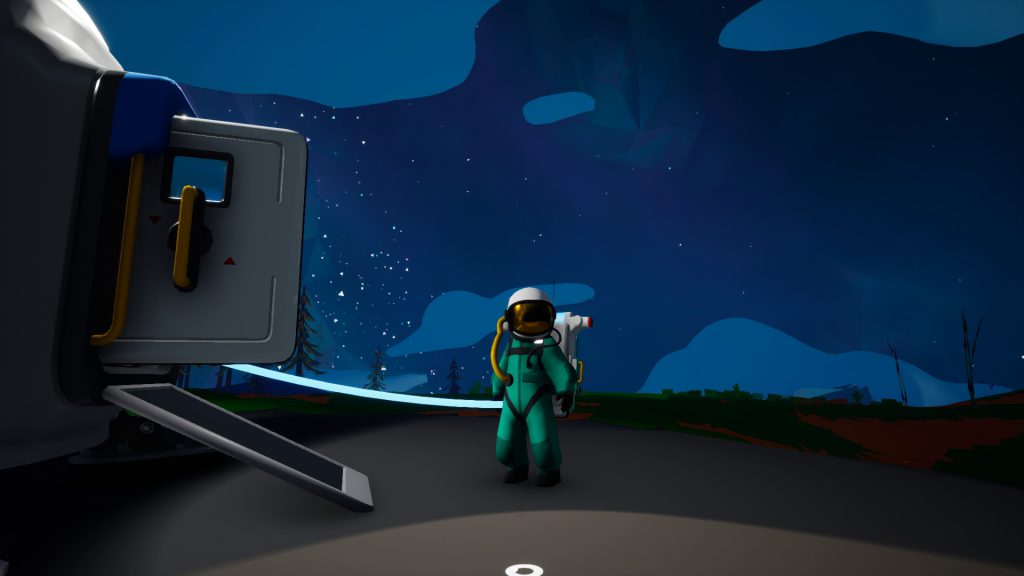Returning to an Old Game
During my ongoing literature review I often discover interesting facts about things I’ve never thought about. Sometimes I can connect these facts with my own observations: The result is mostly a completely new idea why things are as they are. Maybe these ideas are new to you, too. Therefore I’ll share my new science based knowledge with you!
This week: This time, I think about my return to Diablo 3. Playing such a fast-paced action game can help players to completely forget about stressful tasks, thus allowing for a quick regeneration of some energy.
Recently, caused by the stressful last phase of my thesis writing process, I experienced the strong desire to play Diablo 3, again. Several years ago, as I was writing my master’s thesis, I also played this game to distract me for a few minutes and to help me to regain some energy. Since then, I occasionally played it during the initial stages of my research process, but my interest eventually stopped after I exhausted most of its challenges.
Now, as I just need something quick and fun to play, again, Diablo 3 exactly fulfills my needs. Furthermore, an expansion pack got released some years ago which I have not bought until this week. As a result, I now even have new content to explore and new character levels to reach!
The gameplay is very simple as it mainly requires me to run through open terrain or dungeons to find the next quest item or to slay a specific enemy. Running and attacking is done using the left mouse button and additional skills can be triggered using the right mouse button or pressing the 1-4 keys. In this way, Diablo 3 causes only a very limited mental load. A perfect game for relaxing between or after demanding writing phases.
Aside from providing me with an easy access to some challenging and entertaining gameplay moments, it also feels very rewarding. The game implements several game mechanics that constantly provide me with feedback about my progress. For instance, with each monster killed, my experience bar rises just a little bit and each stronger foe, i.e., bosses or champion versions of regular monsters, drops some potentially valuable loot. Of course, seeing my PhD thesis evolve is also rewarding, but it takes a lot of more effort and is less entertaining to look at a polished section than just to charge into a horde of monsters with my barbarian. As a result, the game is highly flow inducing and thus ideal for forgetting the thesis for a few minutes.
Naturally, playing other games is great, too. I very much enjoy to escape into the virtual worlds of Minecraft or of Astroneer. However, in contrast to the segmented gameplay of Diablo 3, these games often keep me immersed for a very long time. By experiencing the gameplay in short units, I find it easier to set myself a particular goal for my quick break, e.g., reaching the next waypoint or solving a quest.
In conclusion, computer games that provide a simplistic or creative gameplay are ideal for achieving a quick break from very demanding tasks to regain some energy. However, to have an efficient break, it is important that the game provides the gameplay in short units. This could be a future research direction: design an ideal game that supports a thesis writing process.
